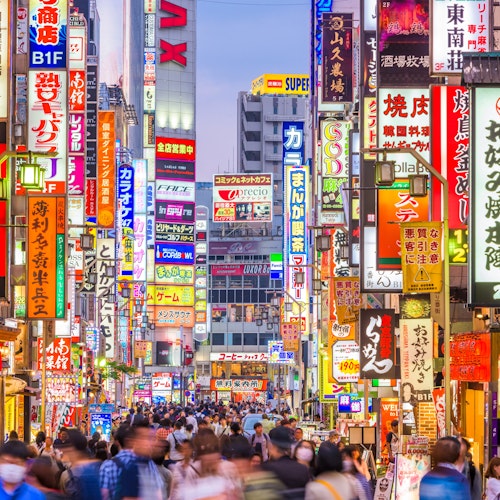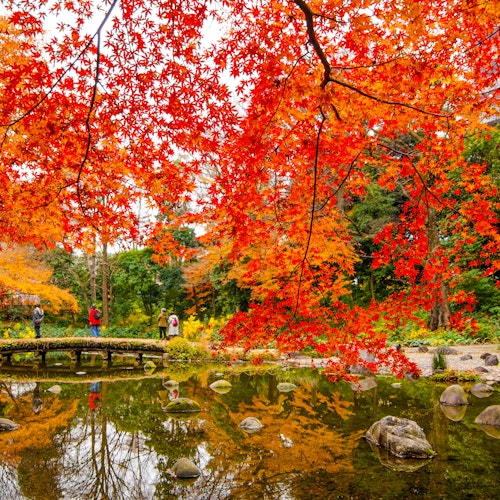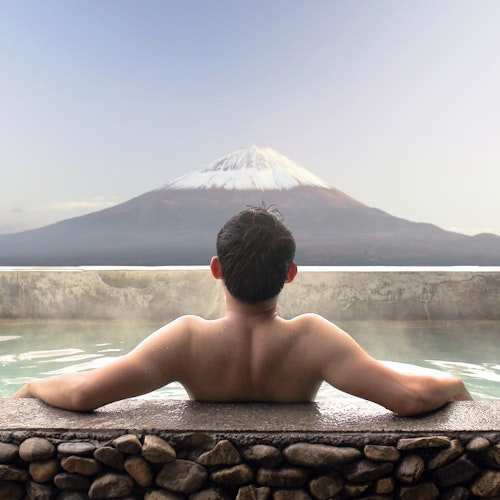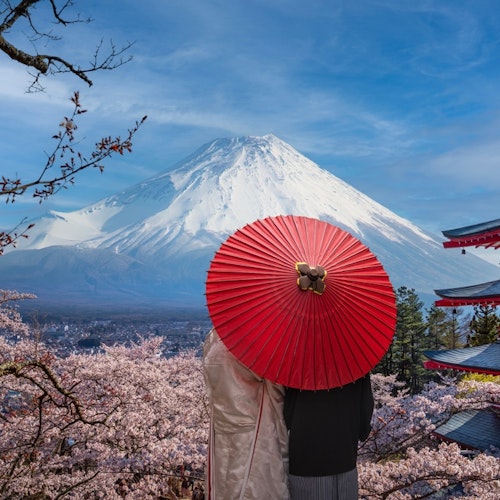
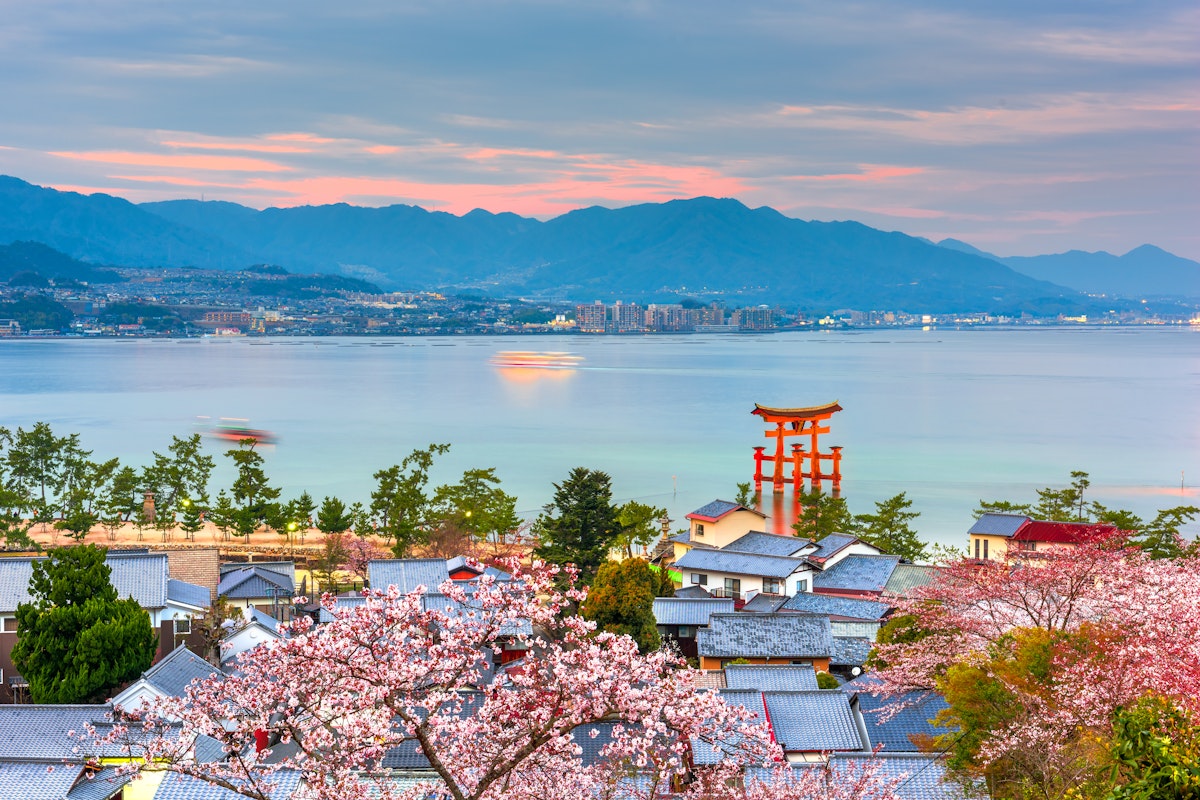
Hiroshima, a city steeped in rich history and profound resilience, is often synonymous with the devastating atomic bombing of World War II. While the Hiroshima Peace Memorial Park and the Atomic Bomb Dome are undoubtedly significant, numerous lesser-known attractions showcase this remarkable city's diverse cultural and natural beauty.
From serene temples tucked away in lush forests to charming islands inhabited by friendly wildlife, Hiroshima offers a wealth of hidden treasures waiting to be explored. This guide delves into the hidden gems of Hiroshima, offering a unique and enriching experience beyond the usual tourist trail, allowing visitors to uncover the city's multifaceted charm and enduring spirit.

Mitaki-Dera Temple, dating back to 809, is a tranquil Buddhist temple nestled in a lush forest on the slopes of Mount Mitaki, just north of Hiroshima City. The temple is renowned for its three waterfalls, which gave it the name "Mitaki," literally meaning "three waterfalls."
The temple grounds are adorned with beautiful pagodas, numerous stone statues, and the soothing sounds of cascading water, creating a serene atmosphere. One of the highlights is the vermilion-colored two-story pagoda, relocated from Wakayama in 1951 to serve as a memorial of atomic bomb victims.
The temple is incredibly stunning during the cherry blossom season in spring and the vibrant autumn foliage.
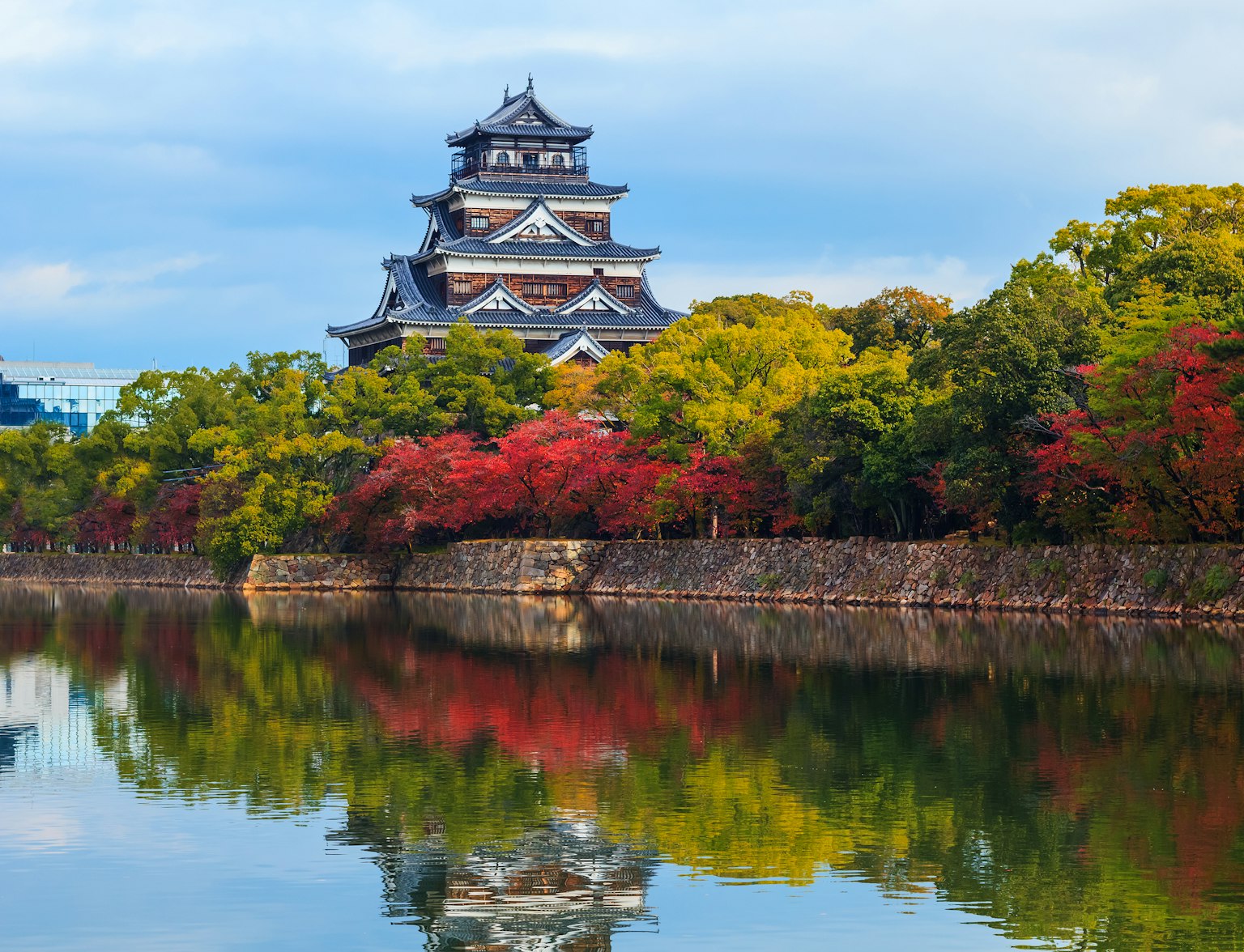
Begin your day with a spiritual respite at Mitaki-dera Temple.
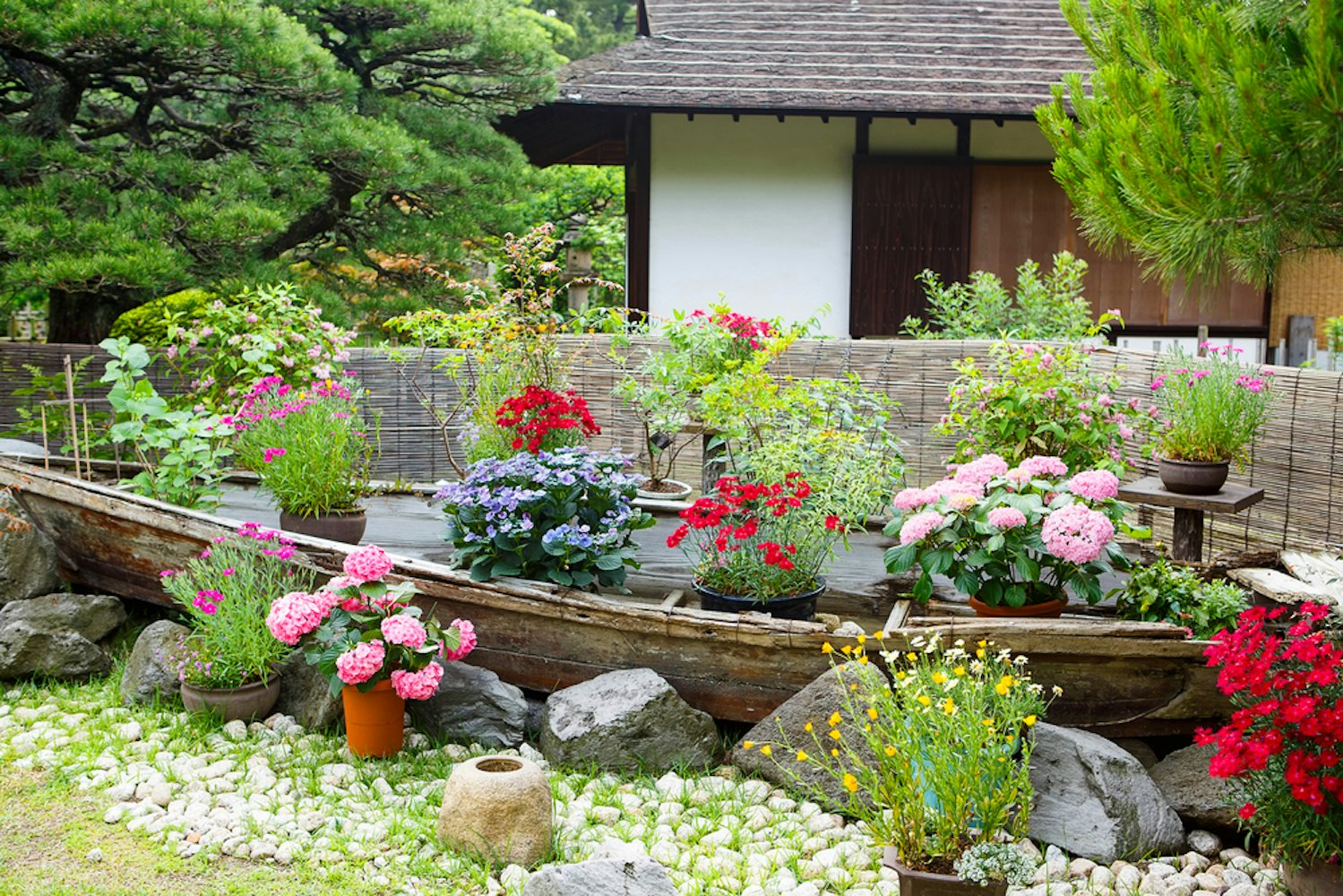
Established in 1620 by the feudal lord Asano Nagaakira, Shukkeien Garden translates to "shrunken-scenery garden" and beautifully replicates various natural landscapes in miniature form. The garden's central pond, surrounded by meticulously crafted pathways, bridges, and tea houses, offers a tranquil escape from urban life.
Visitors can enjoy the lush greenery, carefully pruned trees, and vibrant cherry blossoms in spring, making it an ideal spot for relaxation and reflection. Despite suffering damage during World War II, Shukkeien was restored to its former glory and now stands as a testament to Hiroshima's enduring beauty and resilience.

Enjoy tranquil walks in Shukkei-en Garden, a serene escape from the crowds.
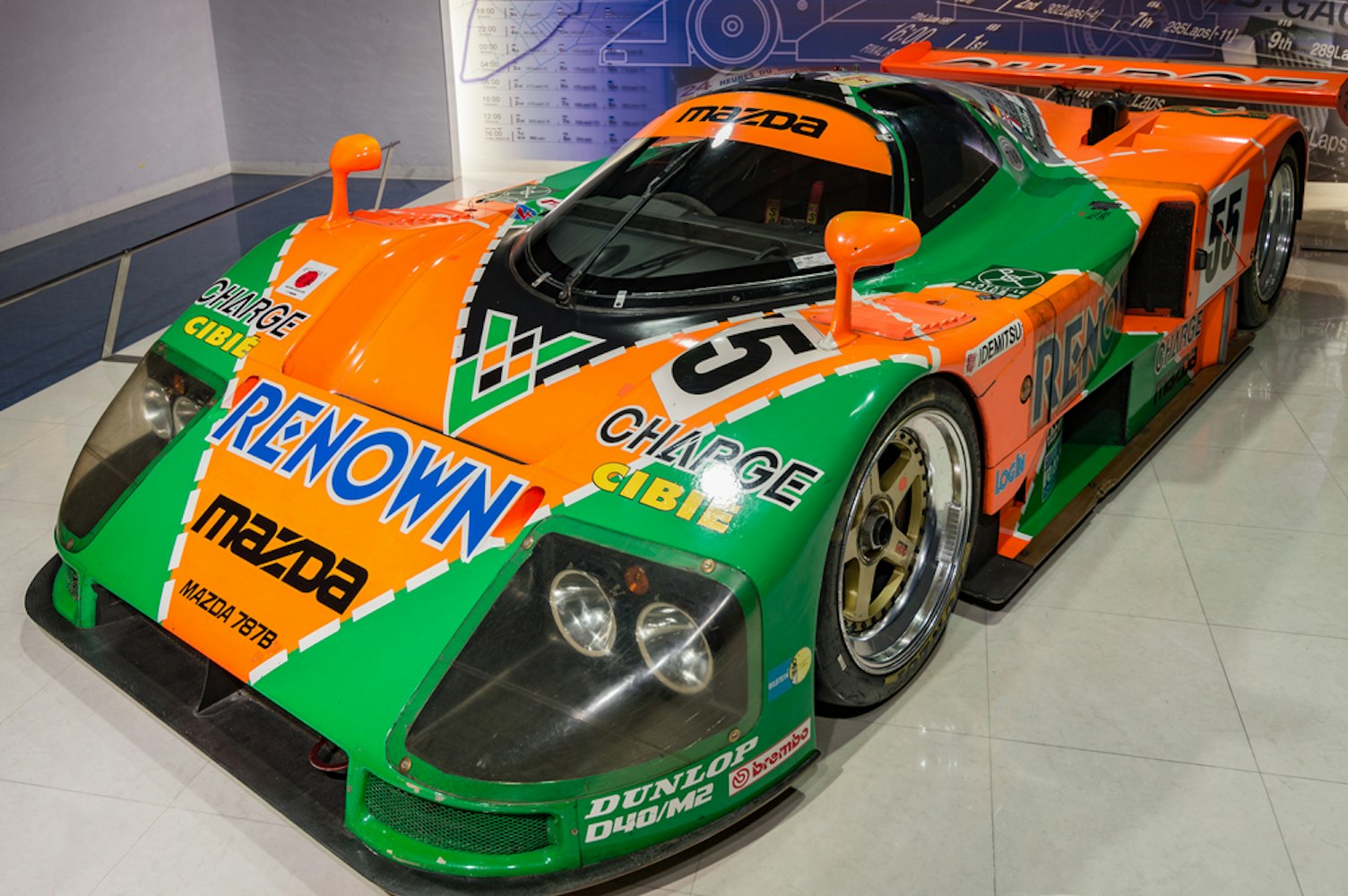
The Mazda Museum in Hiroshima Prefecture offers a fascinating journey into the past, present, and future of one of Japan's most renowned automobile manufacturers. Visitors can explore Mazda's history, from its beginnings in 1920 to its innovative developments today.
The tour includes a detailed look at the company's iconic vehicles, including the first three-wheel autorickshaw and the Mazda racing car that won the 1991 Le Mans 24-hour race. The highlight of the visit is an exclusive view of the active vehicle assembly line, where guests can witness the intricate process of car manufacturing.
The museum is a must-visit for automobile enthusiasts and provides a unique glimpse into the industrial prowess of Hiroshima.

Just a short train ride from Hiroshima City, Okunoshima is a small island in the Seto Inland Sea renowned for its population of friendly, free-roaming rabbits. Accessible by a 15-minute ferry ride from Tadanoumi Port, the island offers a unique day trip destination filled with historical intrigue and natural beauty.
Visitors can enjoy activities such as cycling around the island's 4 km perimeter, hiking, and exploring the remnants of a World War II-era poison gas factory. The island also features a Poison Gas Museum, which provides a sobering glimpse into its dark past as a chemical weapon production site.
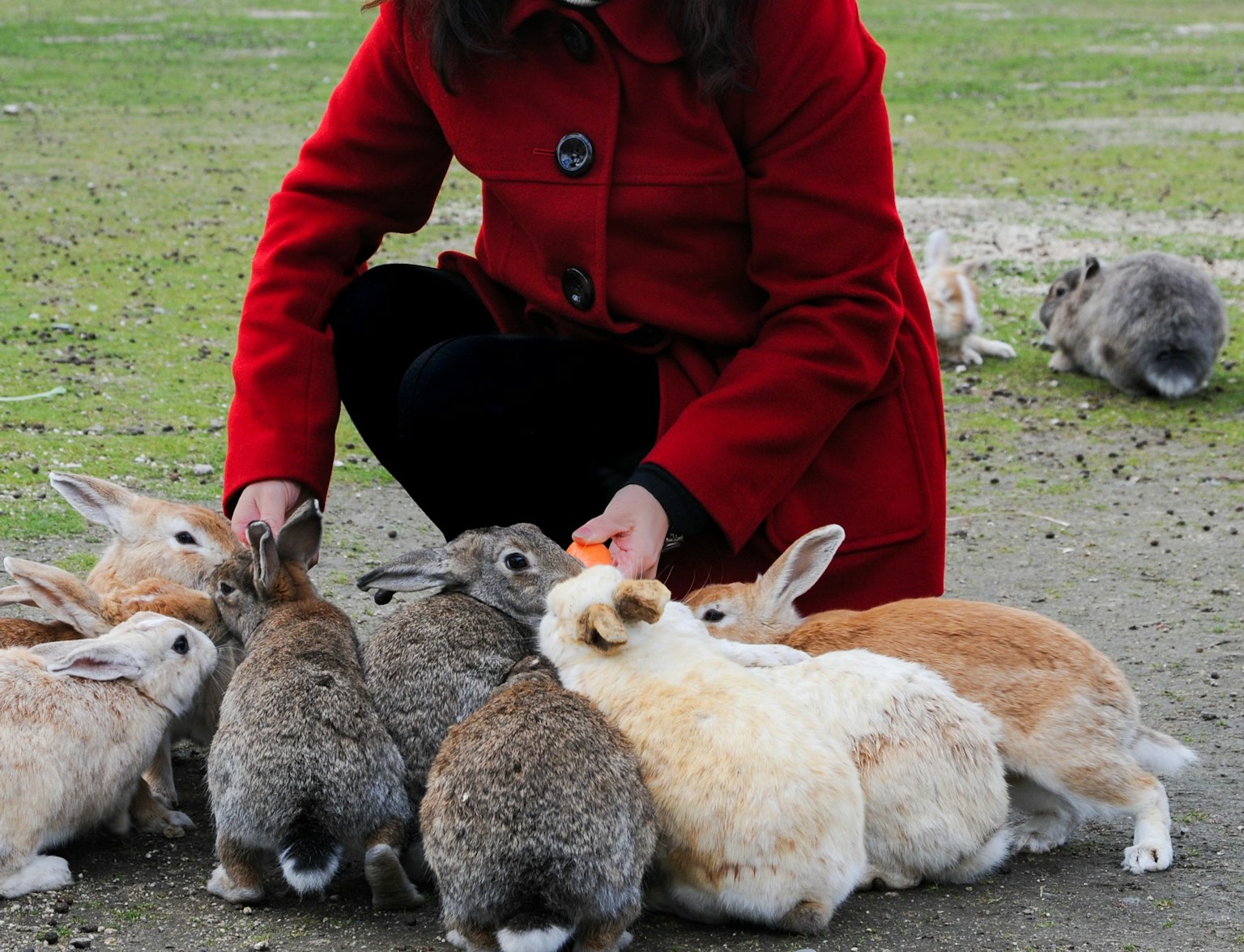
Embark on a voyage of discovery and delight to the enchanting Okunoshima Island.

Perched atop a mountain in Onomichi City, Senkoji Park offers breathtaking panoramic views of the Seto Inland Sea and the surrounding landscapes. The park is home to the historic Senkoji Temple, renowned for its vibrant red main hall and serene atmosphere.
Visitors can also enjoy a ride on the ropeway, which provides a scenic ascent to the park and highlights the beautiful vistas along the way. Additionally, Senkoji Park is celebrated for its cherry blossoms, making it one of Japan's top 100 cherry blossom viewing spots.
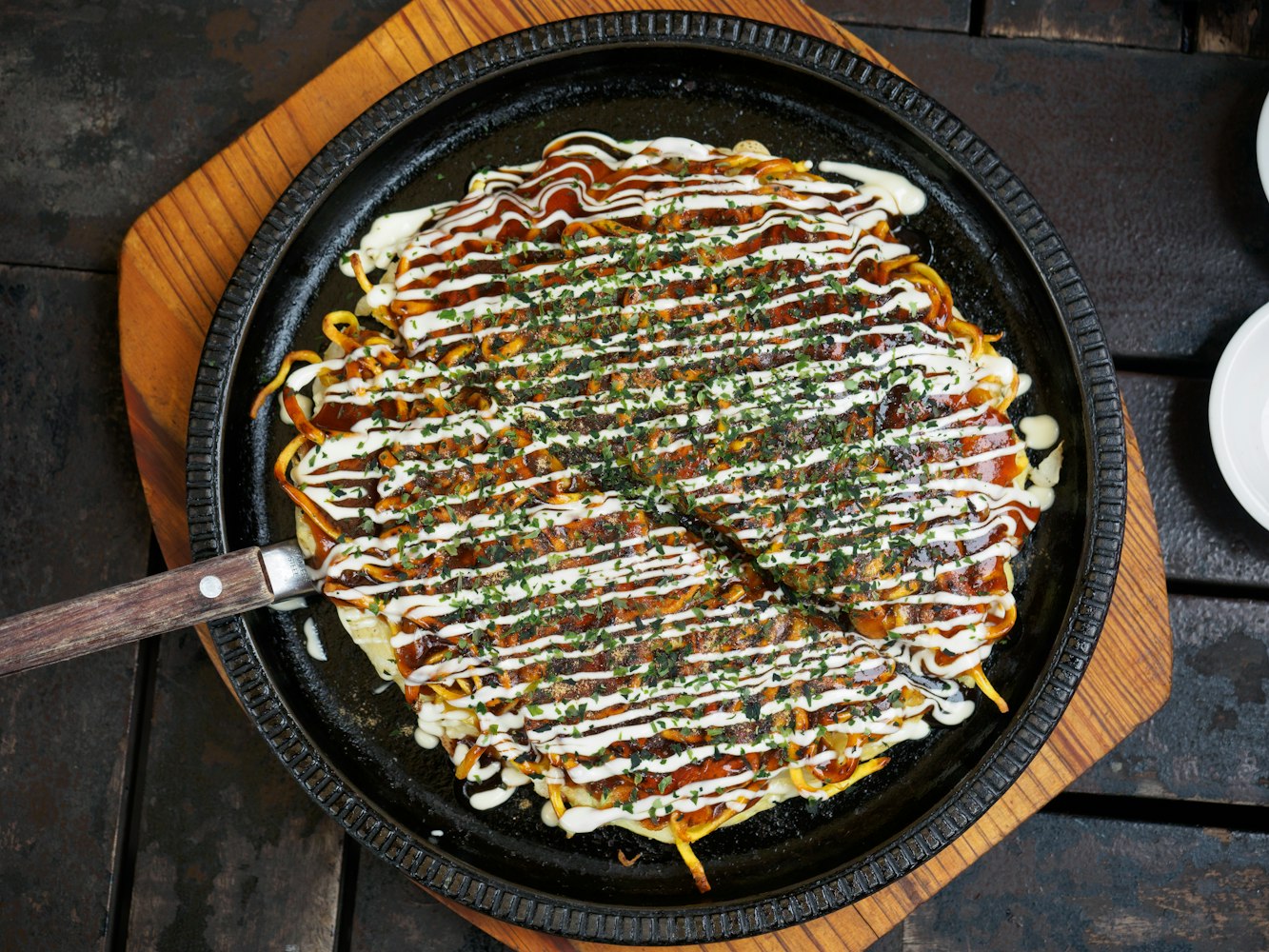
The Wood Egg Okonomiyaki Museum is a fascinating destination in Hiroshima that delves into the rich history and cultural significance of Okonomiyaki, a savory Japanese pancake. The museum is next to the Otafuku Sauce factory and offers interactive exhibits showcasing this beloved dish's evolution and role in post-World War II Hiroshima.
Visitors can join hands-on cooking classes, where they learn to prepare Hiroshima-style okonomiyaki using traditional hotplates and teppan grills, guided by experienced instructors. The experience is both educational and fun, allowing participants to savor their creations and gain a deeper appreciation for this iconic local cuisine.
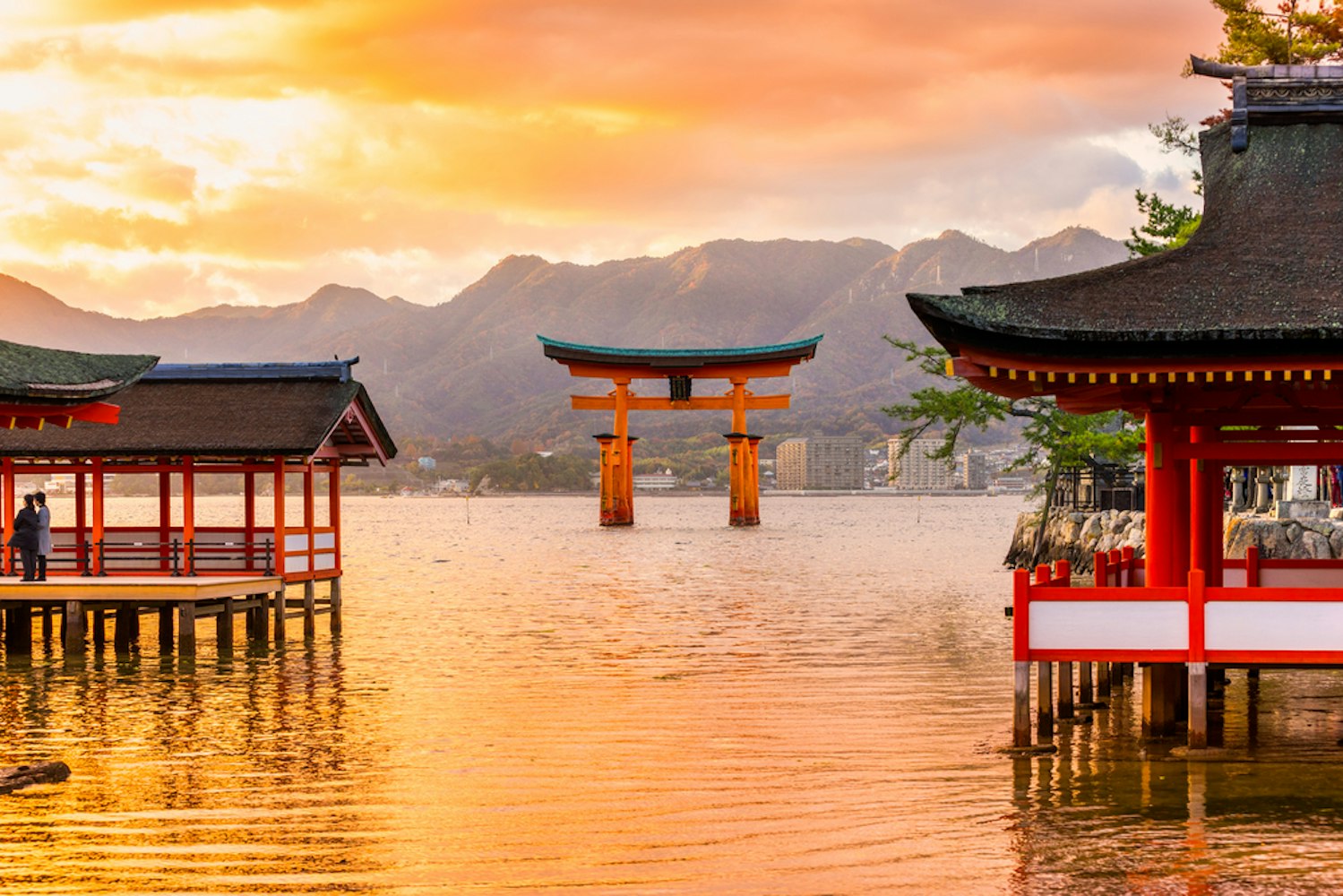
Itsukushima Shrine, located on Miyajima Island, is renowned for its iconic "floating" torii gate, suspended above the water during high tide. This illusion creates a magical and ethereal sight when the vermilion gate contrasts against the blue Seto Inland Sea and the island's lush greenery.
Visitors can explore the shrine complex, which includes multiple interconnected buildings built over the water, further enhancing the floating effect. For an unforgettable experience, visit during high tide when both the shrine and the Torii gate seem to float, offering a picturesque view that is genuinely unique to Hiroshima.
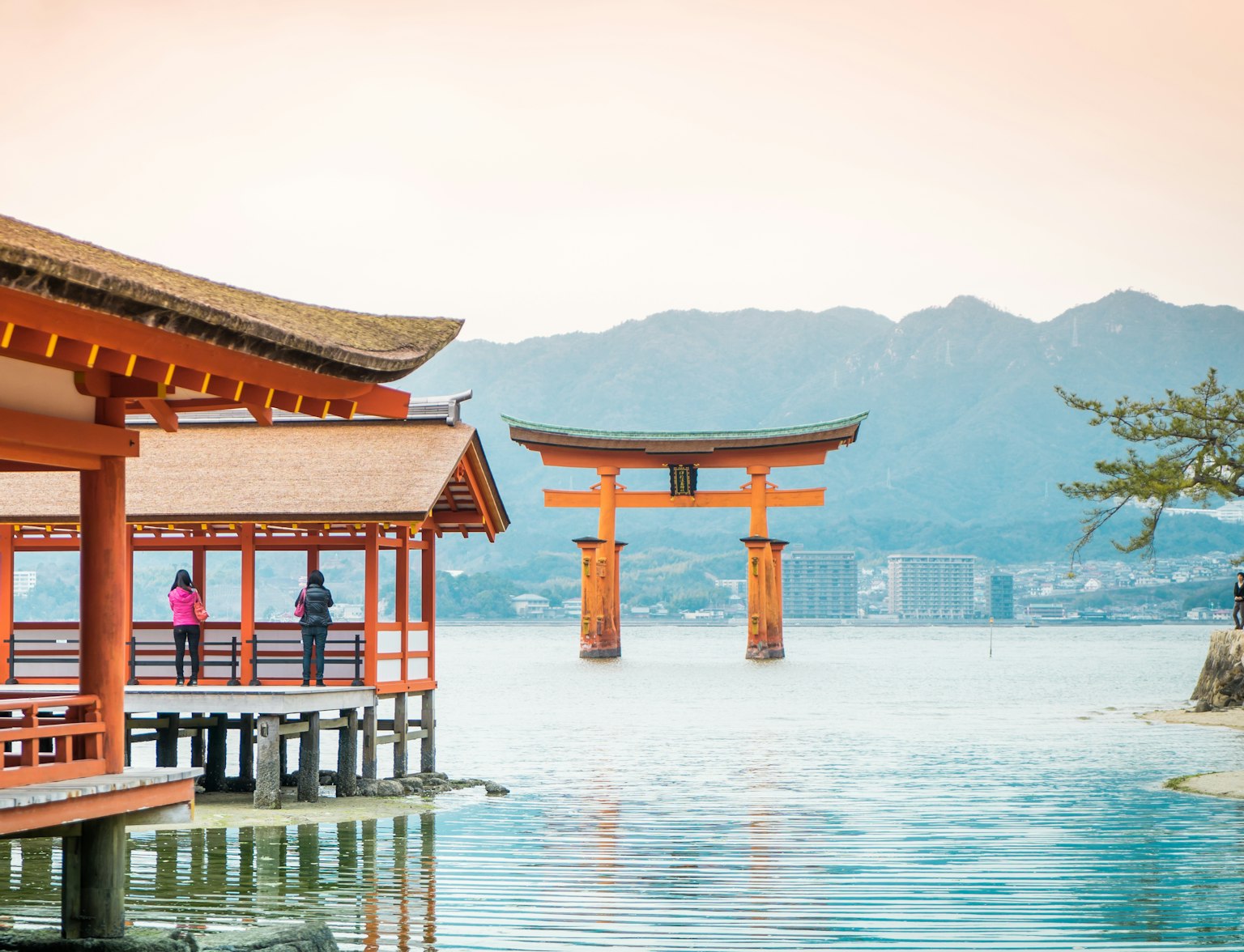
Visit the awe-inspiring Itsukushima Shrine with this tour.
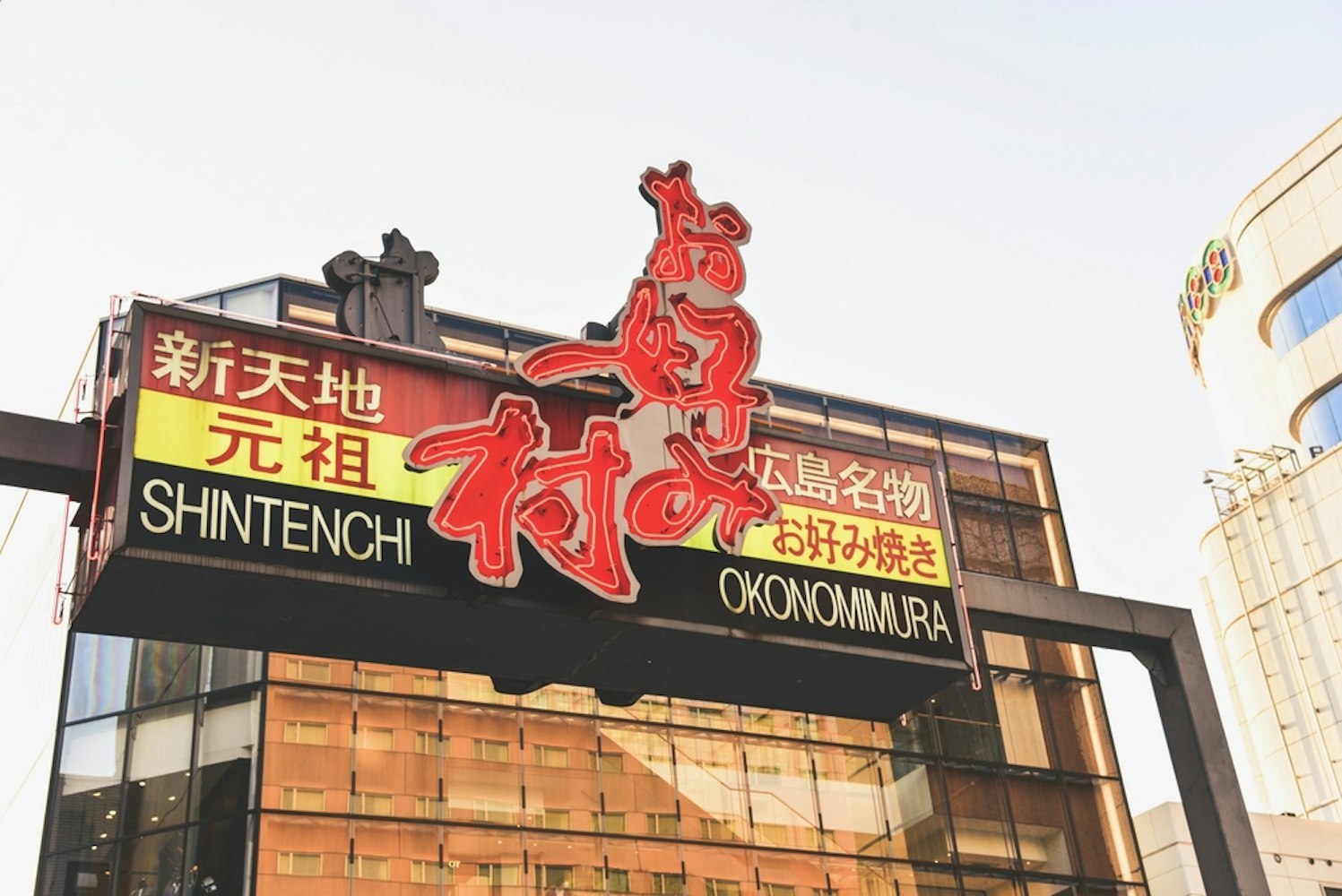
Embark on a delightful culinary journey through Hiroshima's city center, guided by a knowledgeable local who will introduce you to the best of Hiroshima's food scene. The tour typically starts at the picturesque Shukkei-en Garden, setting a serene tone for the adventure.
Participants then visit Okonomimura, also known as Okonomiyaki Village, where they can savor Hiroshima's famous Okonomiyaki – a savory pancake with ingredients like noodles, cabbage, and various toppings. The tour also includes stops at vibrant districts such as Nagarekawa, where you can try local specialties like Momiji Manju, a cake shaped like a maple leaf filled with sweet red bean paste or other unique fillings.
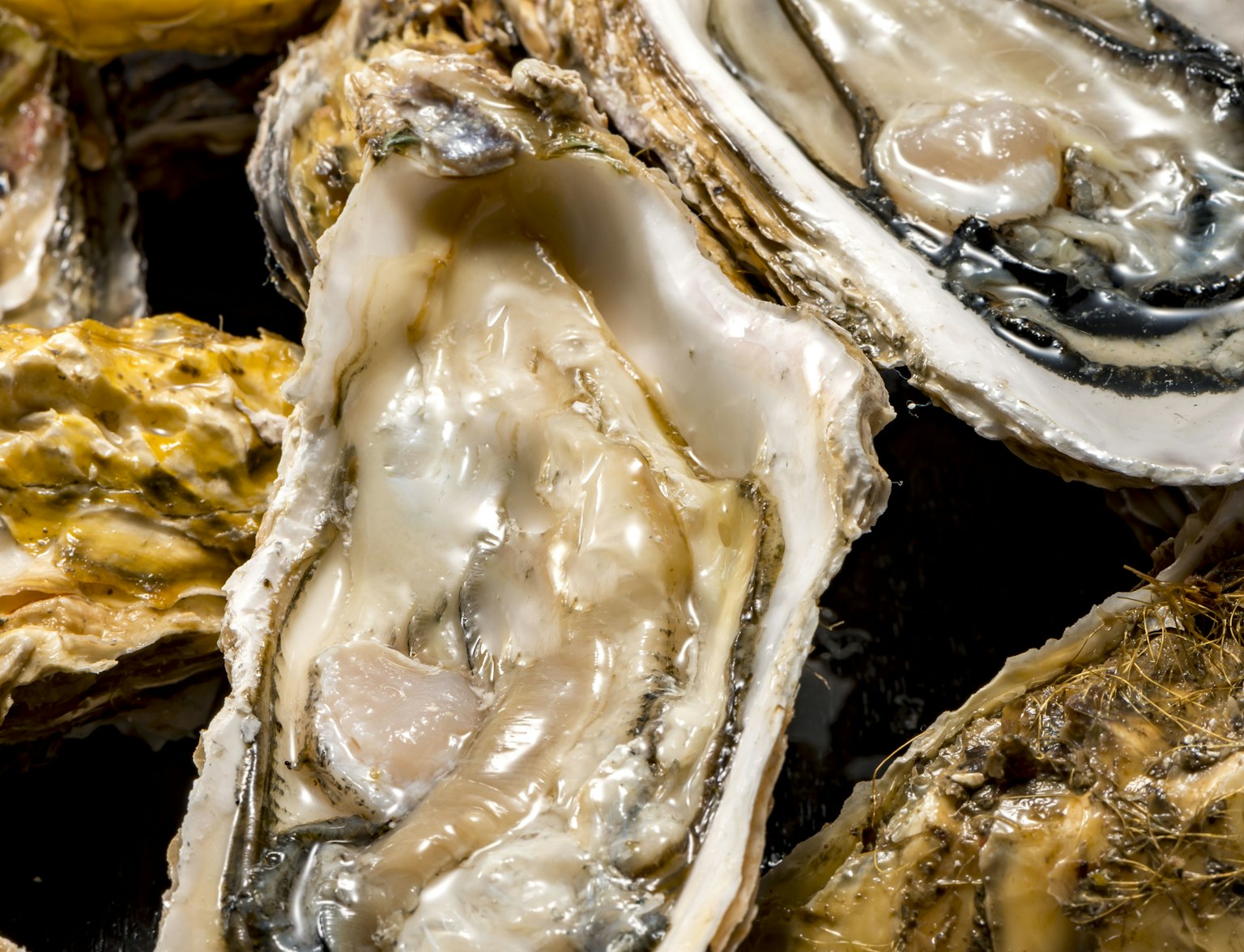
Discover Hiroshima's culinary delights on a 3-hour guided tour.
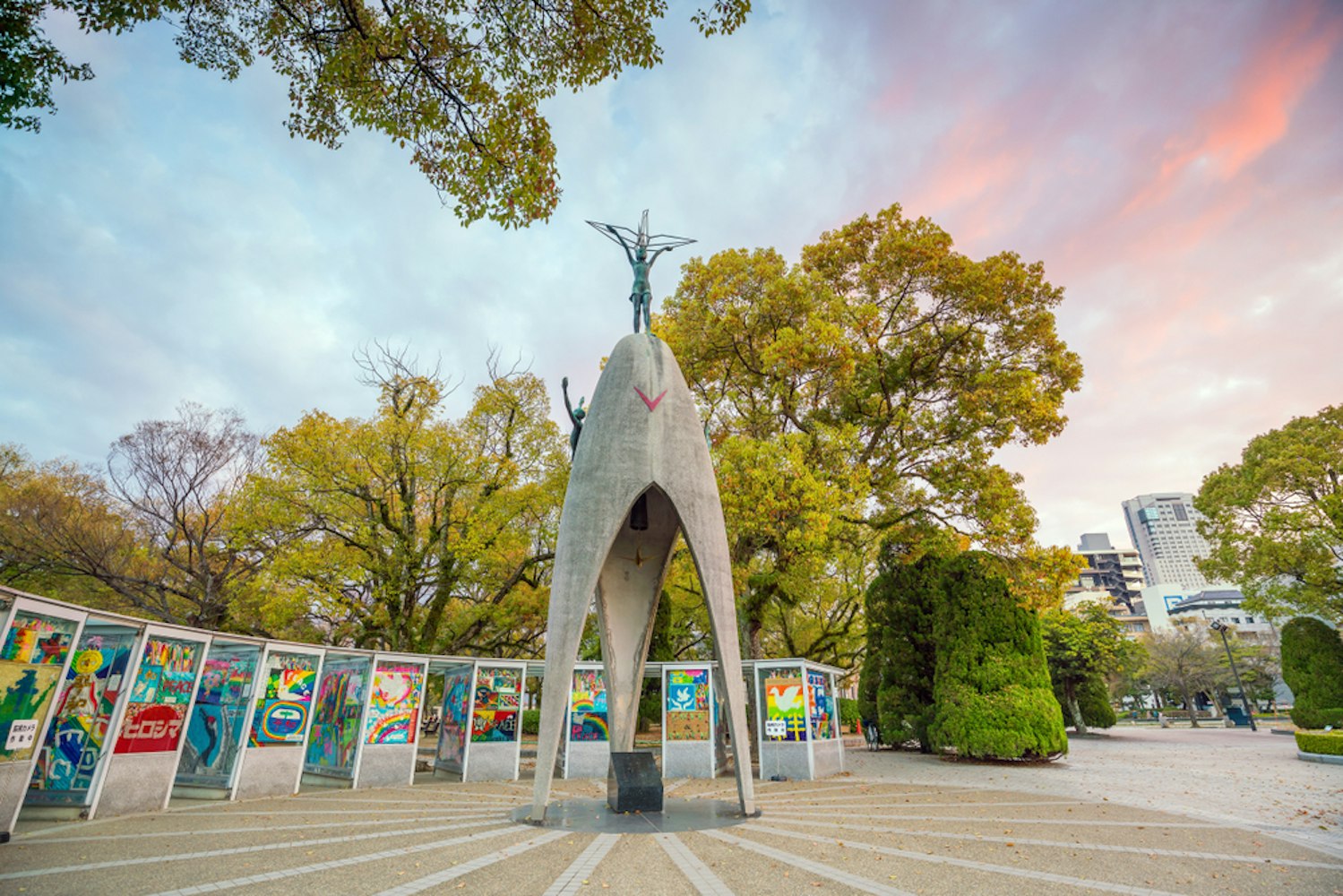
The Children's Peace Monument, located within Hiroshima Peace Memorial Park, is a poignant tribute to the children who perished as a result of the atomic bombing of Hiroshima. This monument was inspired by the story of Sadako Sasaki, a young girl who developed leukemia from radiation exposure and folded over a thousand paper cranes in hopes of recovery.
Erected in 1958, the nine-meter-high monument features a bronze statue of Sadako holding a golden crane, symbolizing peace and hope. Surrounding the memorial are glass cases filled with thousands of origami cranes sent from around the world, embodying the global wish for peace and the end of nuclear warfare.
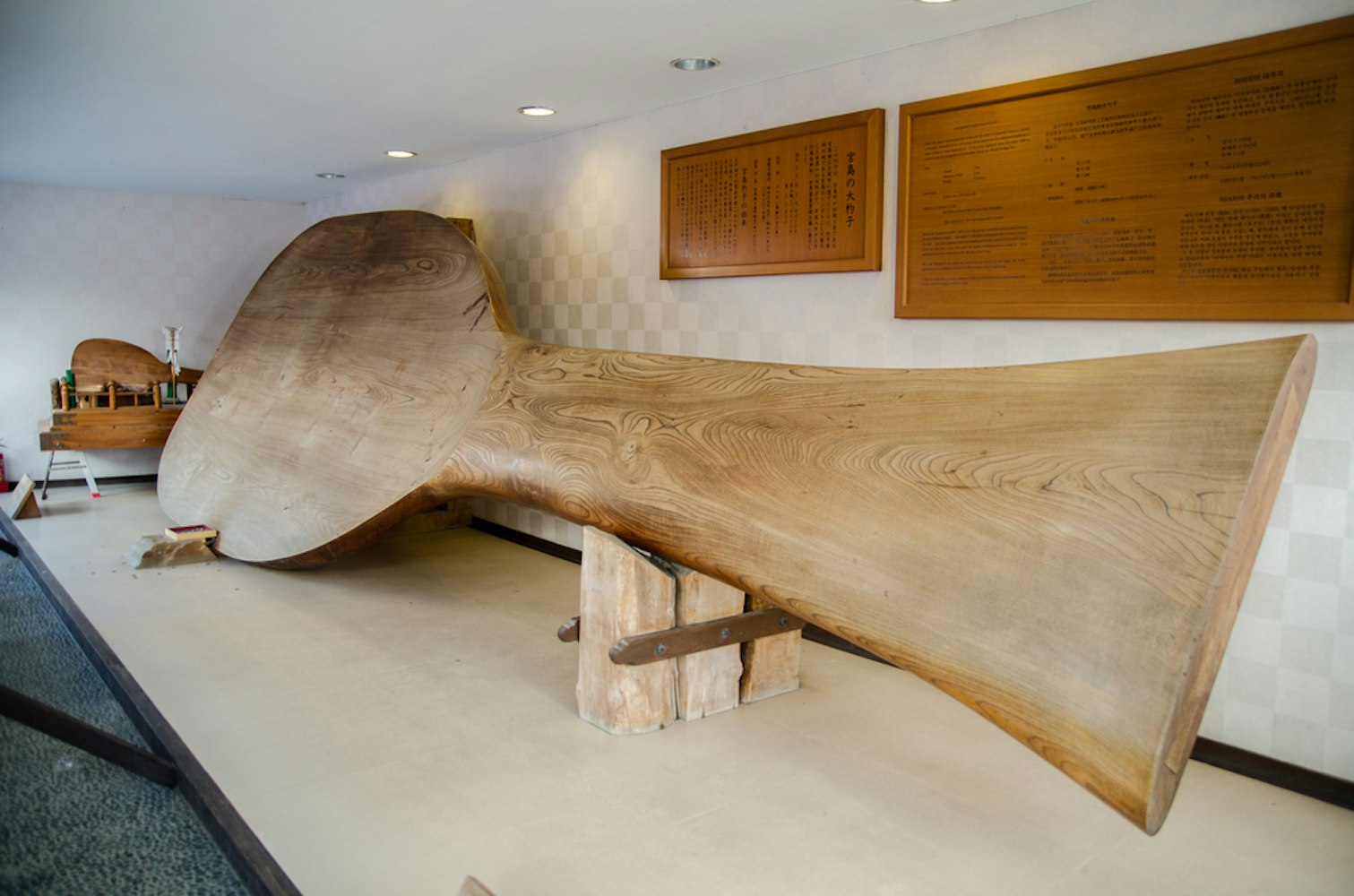
The world's largest wooden rice scoop stands on Miyajima Island amidst the vibrant Omotesando shopping street, a marvel of traditional craftsmanship. Measuring 7.7 meters in length, 2.7 meters in width, and 2.5 tons in weight, this colossal scoop was created to symbolize Miyajima as the rice scoop's birthplace and preserve the traditional art of wood carving for future generations.
Completed in 1996, it commemorates the designation of Itsukushima Shrine as a UNESCO World Heritage Site. The giant rice scoop is a fascinating sight and a testament to the island's rich cultural heritage.
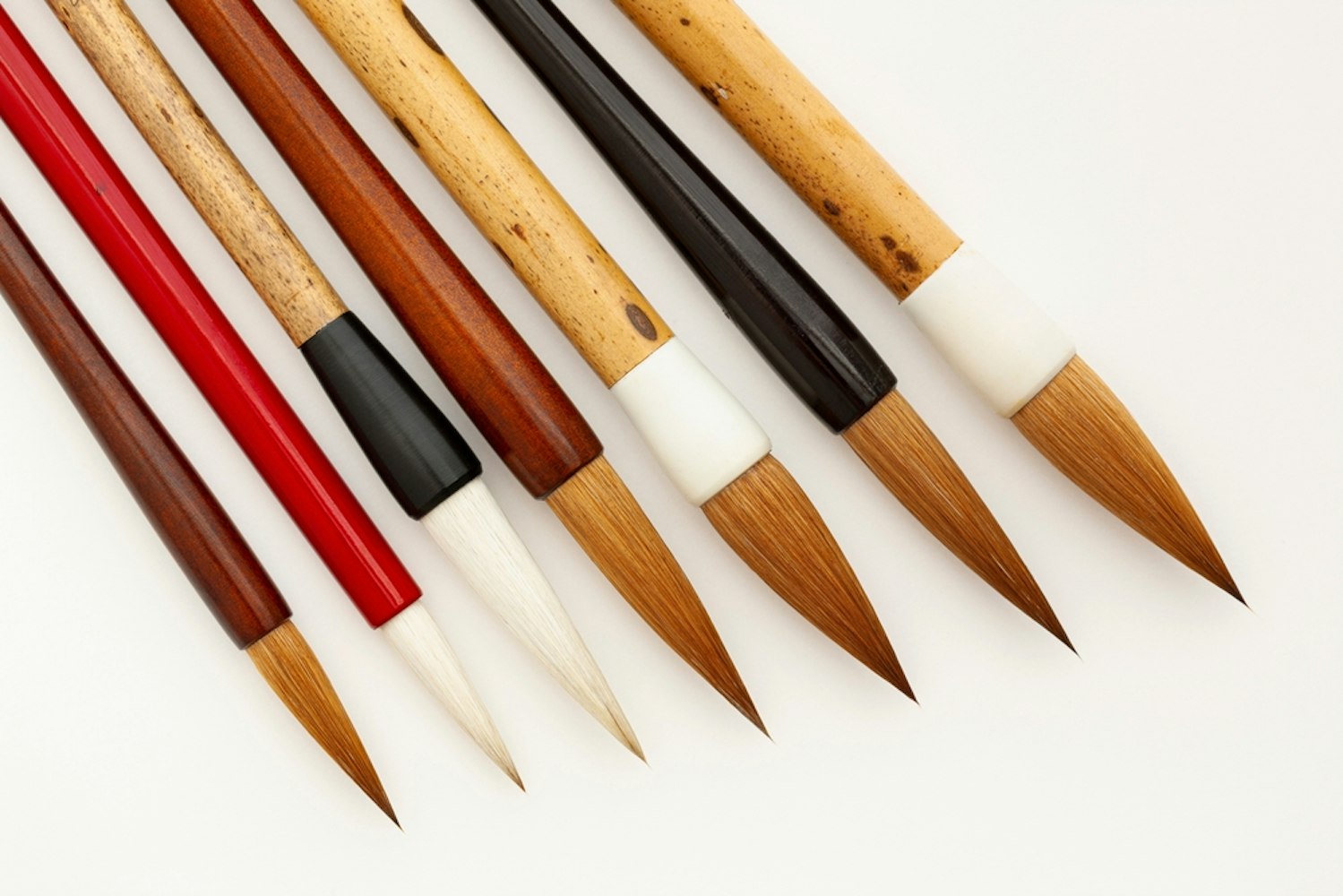
A visit to Kumano, a small town in Hiroshima Prefecture, offers a unique opportunity to explore the art of traditional brush making, known as Kumano Fude. Kumano produces around 80% of Japan's calligraphy and makeup brushes, each crafted using centuries-old techniques.
At the Fude no Sato Kobo Brush Museum, visitors can witness the intricate process of brush making, from selecting natural hairs to shaping the brush tips. They can even participate in workshops to create their brush, creating a memorable and hands-on cultural experience.
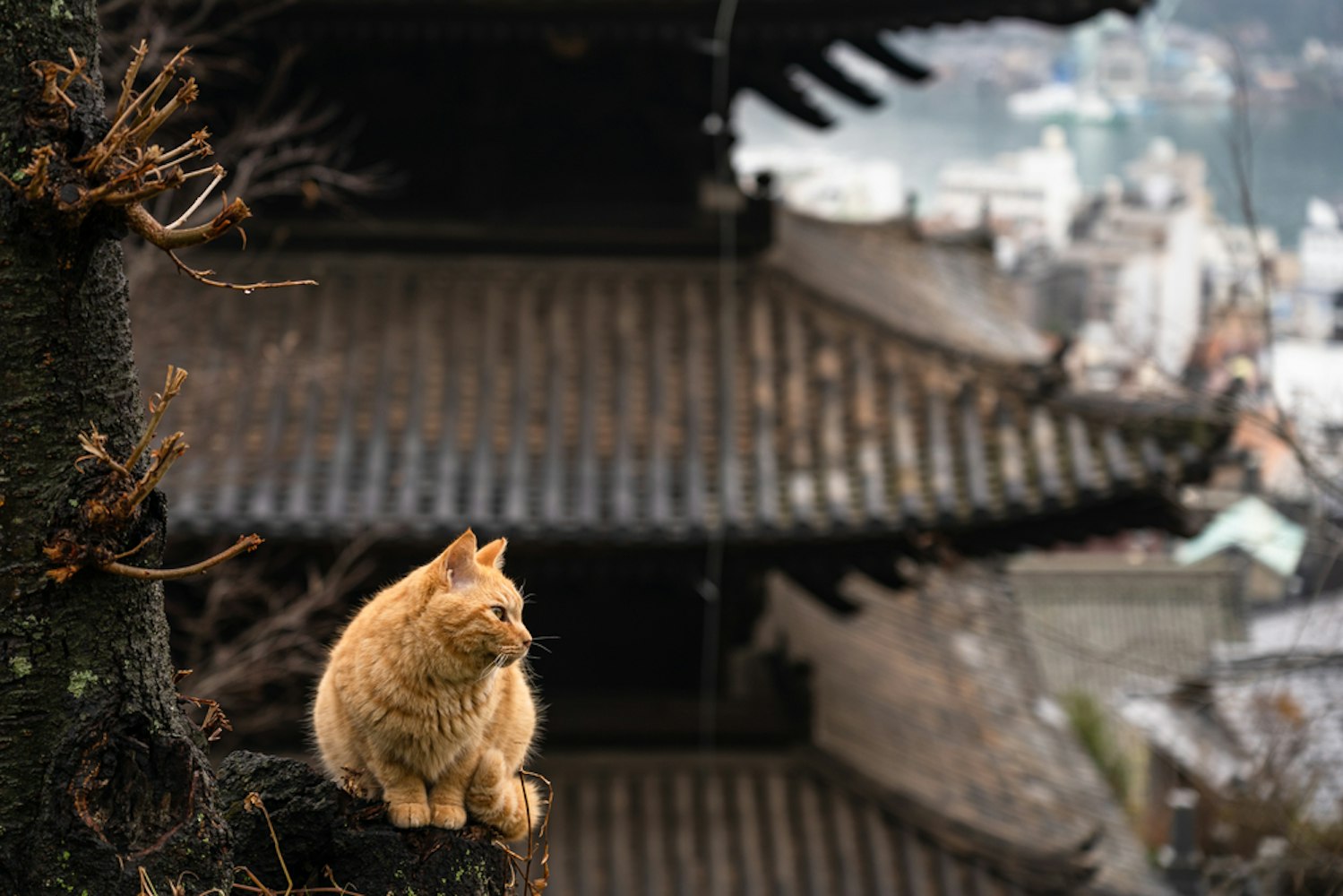
Cat Alley, or Neko no Hosomichi, in Onomichi, is a charming and whimsical destination for cat lovers and art enthusiasts alike. This 200-meter pathway winds through a picturesque area filled with art galleries, quaint cafes, and sake bars.
The alley is famously decorated with "fukuishi neko," hand-painted stone cats created by artist Shunji Sonoyama. These lucky stone cats believed to bring good fortune, are hidden throughout the alley, adding a playful element to your exploration.
Additionally, visitors can enjoy the unique local shops and the serene atmosphere as they wander through this enchanting part of Hiroshima.
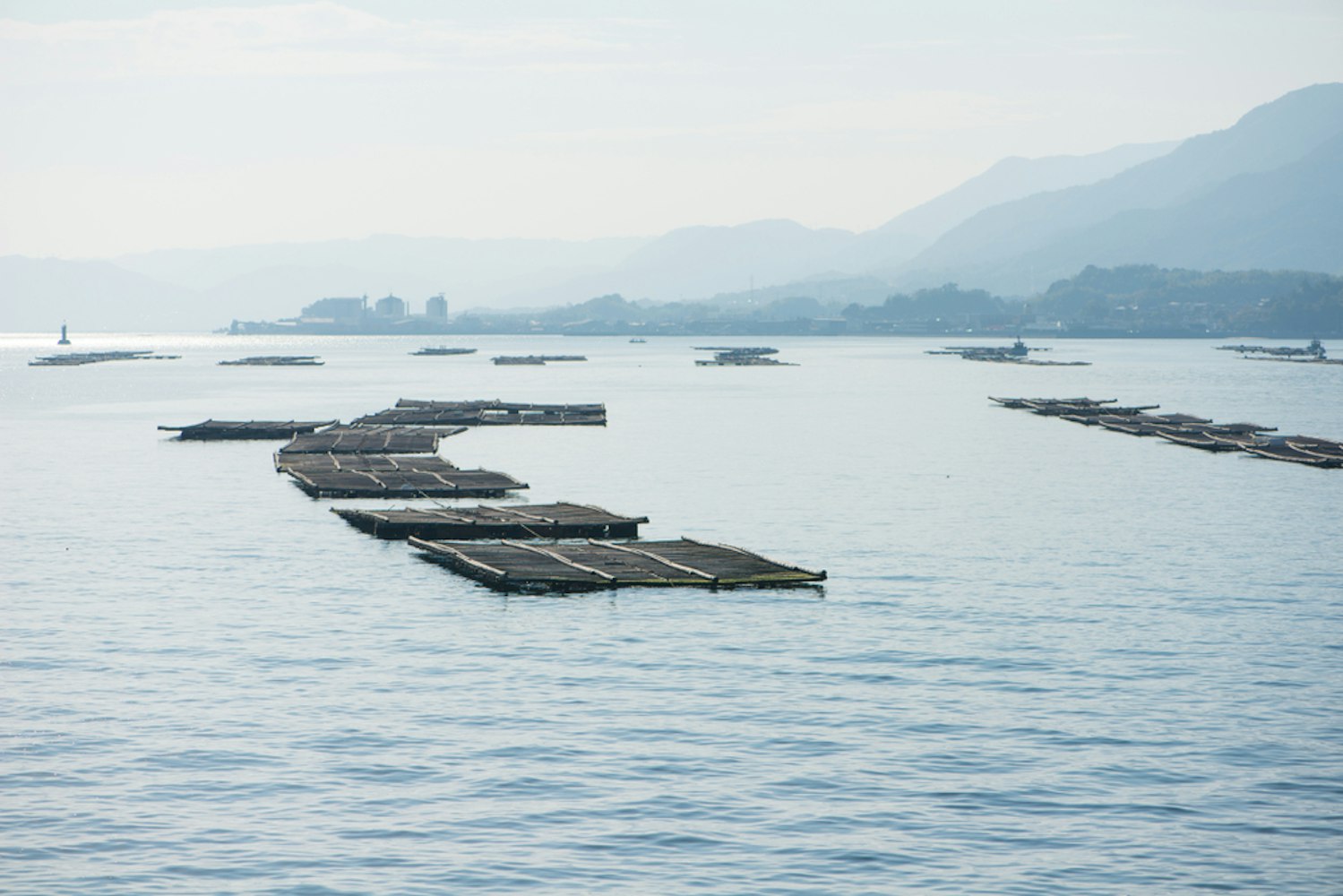
Hiroshima is renowned for producing some of the finest oysters in Japan, accounting for approximately 60% of the country's total oyster production. The region's oysters thrive in the nutrient-rich waters of the Seto Inland Sea, where the gentle waves and warm climate create ideal growing conditions.
Visitors can explore traditional and modern oyster farming methods, including the innovative raft culture technique, which replaces the older bamboo stick method. This method involves suspending oysters in the water column, allowing them to grow in a nutrient-dense environment without depleting their resources through spawning.
A visit to Hiroshima offers a fascinating insight into this essential local industry, with opportunities to taste the fresh, plump oysters directly from the source.
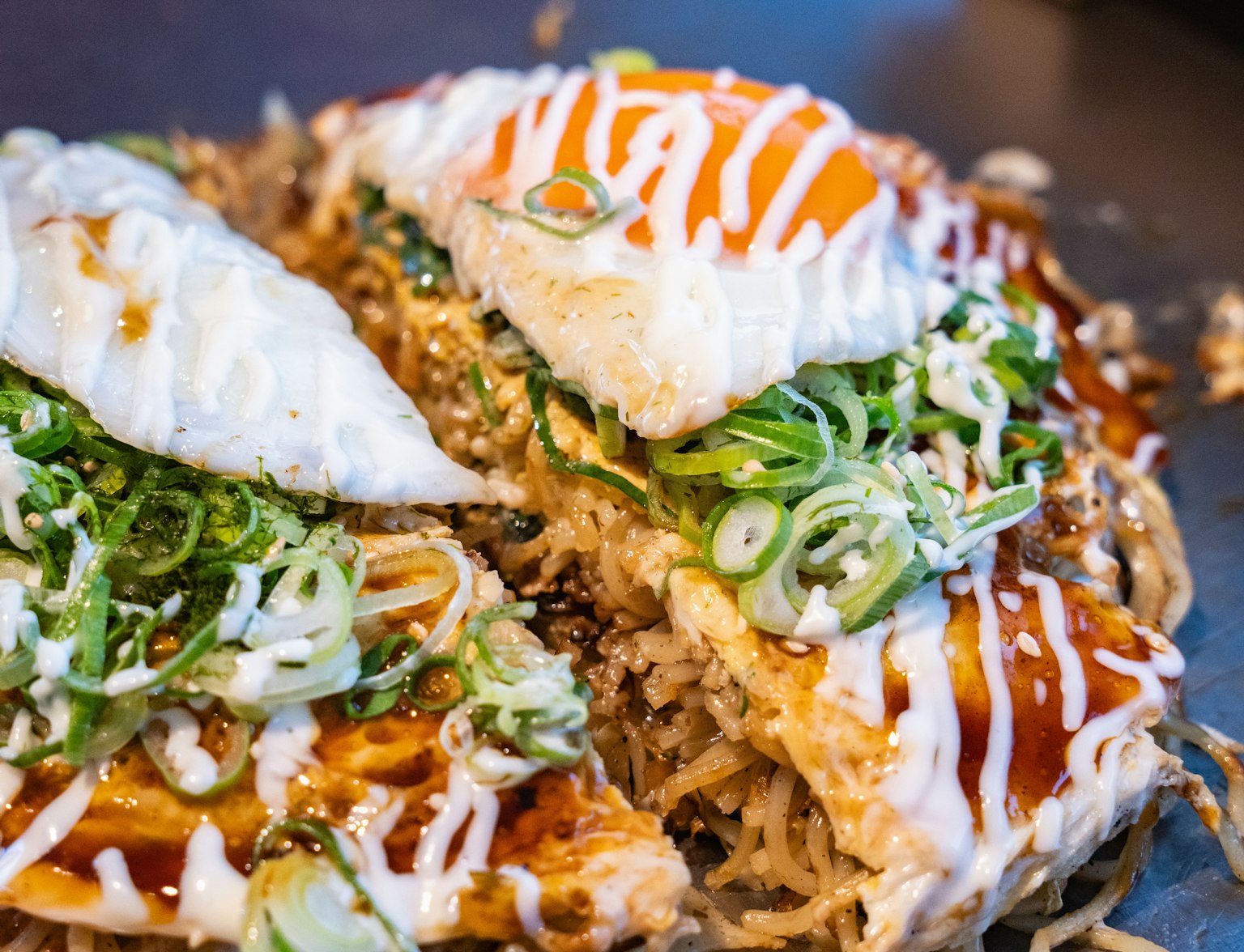
Taste local specialties like okonomiyaki and oysters at three popular izakayas.
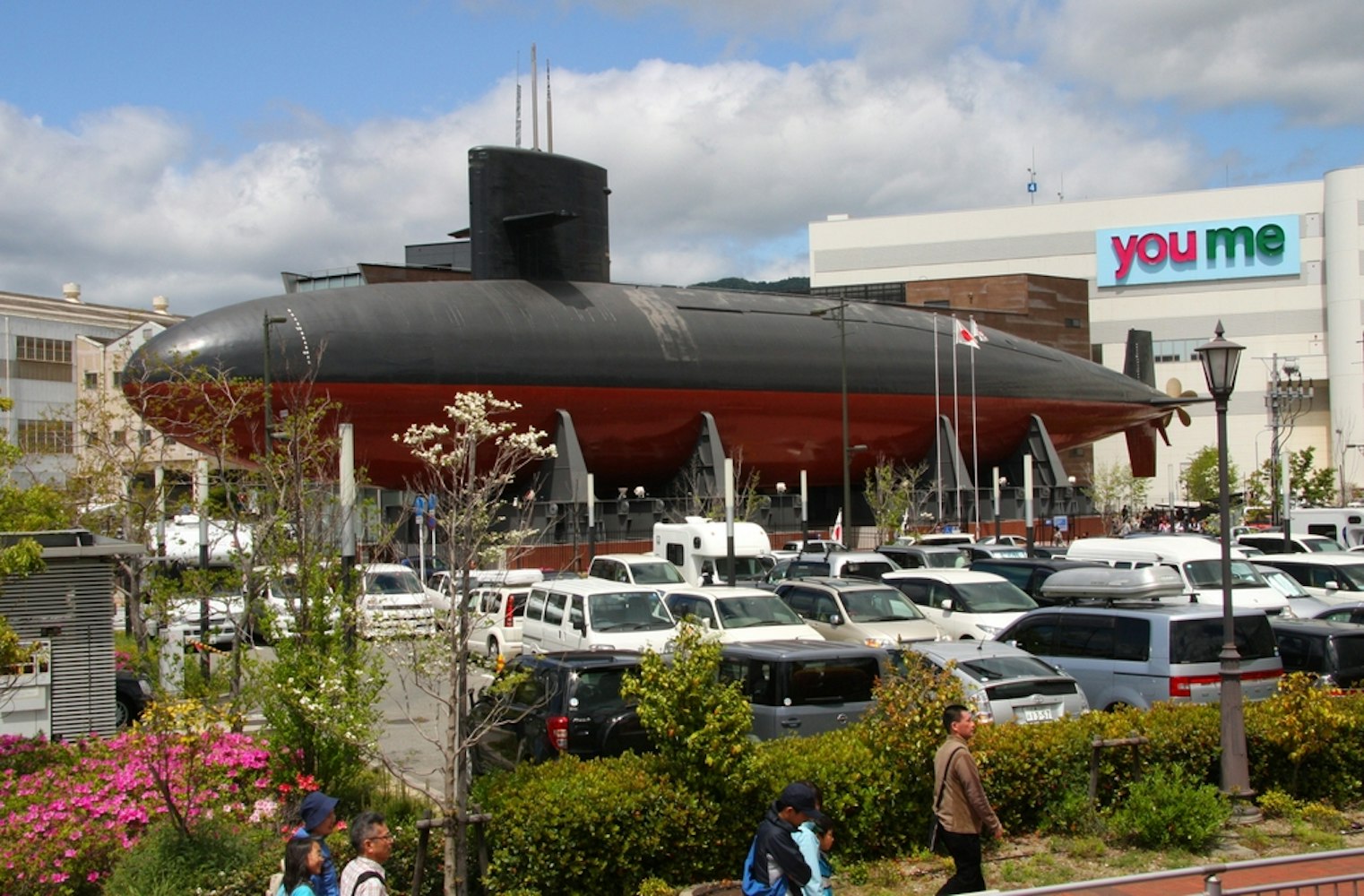
The JMSDF Kure Museum, also known as the "Iron Whale Museum," houses the decommissioned submarine Akishio, a remarkable exhibit that offers a unique glimpse into maritime history. Visitors can explore the interior of the Akishio, experiencing firsthand the confined quarters and control stations used by the crew.
This 76-meter-long submarine, which served from 1985 until 2004, provides an immersive look at life underwater for Japan's Maritime Self-Defense Force. The museum in Kure City is a short train ride from Hiroshima and is a must-visit for anyone interested in naval history and engineering.
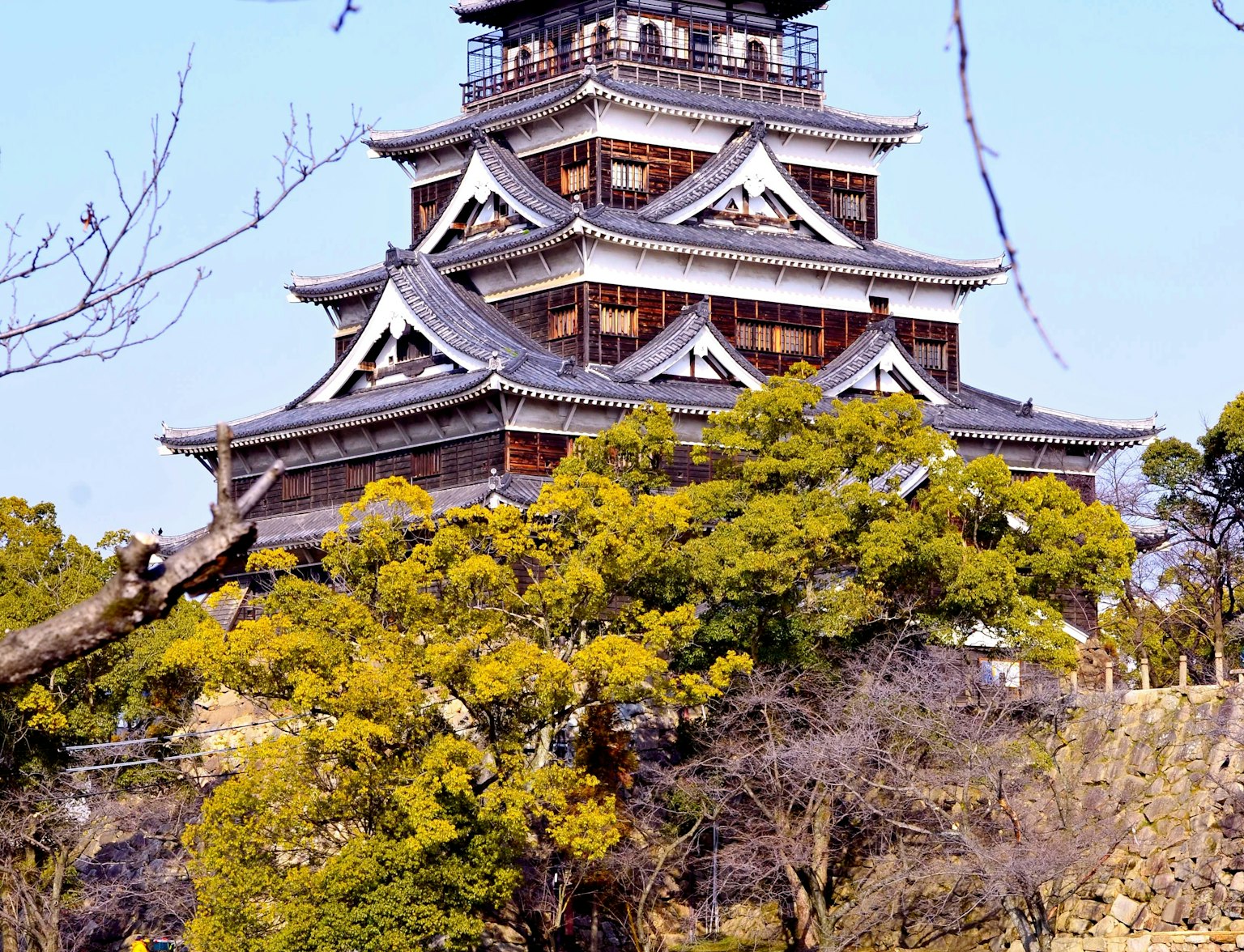
Discover military history at the Iron Whale Museum with this tour.
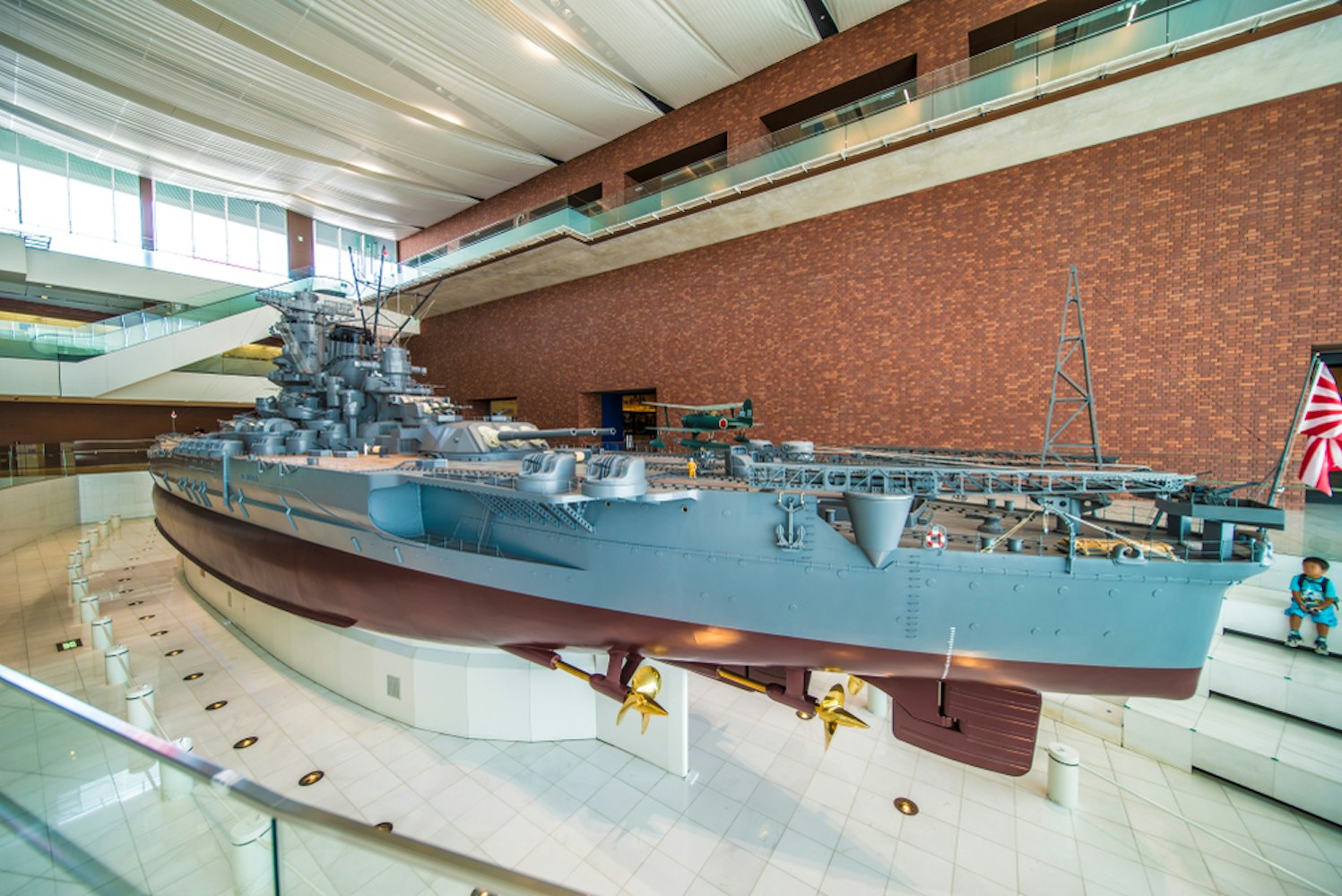
The Yamato Museum in Kure City, Hiroshima, is dedicated to the world's largest battleship, the Yamato, which was built during World War II. Visitors can marvel at a 1:10 scale model of this massive vessel, which highlights its impressive size and formidable firepower.
The museum offers an in-depth look at Yamato's technological advancements and historical significance, showcasing artifacts, documents, and personal stories from the crew who served on board. Located in the port area of Kure, the museum also provides insights into the region's shipbuilding history and features exhibits on naval engineering and maritime science.
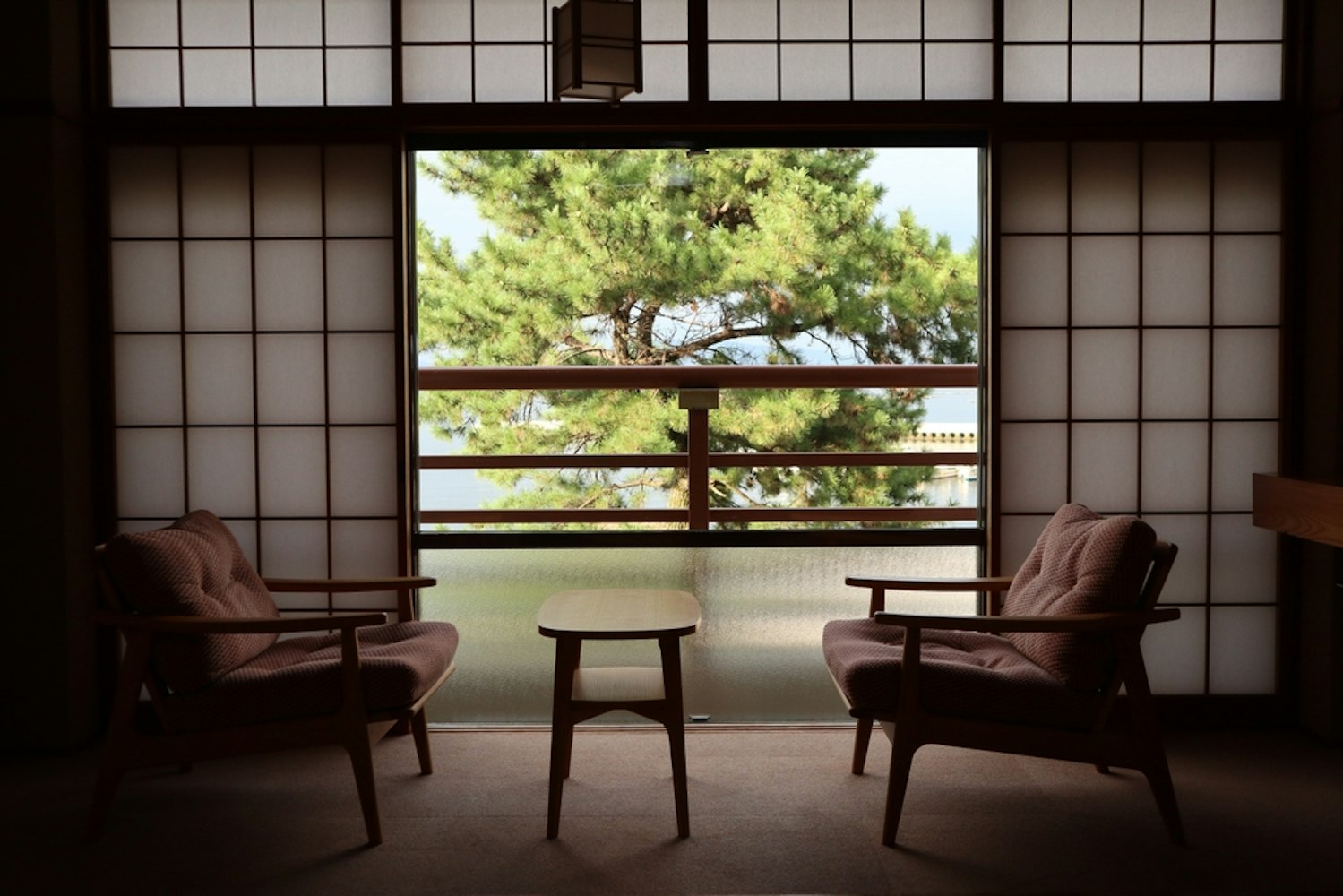
The Rihga Royal Hotel Hiroshima is ideally located in the city's heart, offering easy access to major attractions such as Hiroshima Castle and the Hiroshima Peace Memorial Park, both within walking distance. This 35-story hotel boasts 491 guest rooms, all equipped with modern amenities, including free Wi-Fi, air purifiers, and Serta Pocket Coil Mattresses for ultimate comfort.
Guests can enjoy a variety of dining options with six restaurants serving a range of cuisines from Japanese to French and a rooftop bar providing panoramic views of Hiroshima City. The hotel also features extensive facilities, including an indoor pool, fitness center, spa, and conference rooms, making it a perfect choice for leisure and business travelers.
The Sheraton Grand Hiroshima Hotel is conveniently adjacent to Hiroshima Station, making it an ideal base for exploring the city and beyond. This luxurious hotel features modern amenities, including a fitness center, an indoor pool, and multiple dining options, ensuring a comfortable stay.
Guests can enjoy spacious rooms with panoramic views of Hiroshima City, which are designed with contemporary décor and high ceilings. The hotel's prime location offers easy access to major attractions like the Hiroshima Peace Memorial Museum and a Bomb Dome.
Hotel Granvia Hiroshima is a luxurious option directly connected to the JR Hiroshima Shinkansen (Bullet Train) Station, making it ideal for travelers using the Japan Rail Pass. This Michelin 3-star rated hotel offers modern accommodations with six restaurants, massage services, and rooms equipped with free Wi-Fi, air-conditioning, and heating facilities.
Guests can enjoy a variety of dining options, including Japanese and Chinese cuisine and a buffet breakfast at the on-site restaurant. Conveniently located, the hotel is just a 10-minute drive from Hiroshima Castle and Mazda Zoom-Zoom Stadium and a 20-minute tram ride from Hiroshima Peace Memorial Park.
Situated conveniently near Peace Boulevard and the Hiroshima Peace Memorial Museum, the ANA Crowne Plaza Hiroshima offers comfort and elegance. Guests can enjoy free Wi-Fi, multiple dining options with four restaurants on-site, and a 24-hour fitness center.
The hotel also provides unique Sleep Advantage features, including aromatherapy and a selection of pillows to ensure a restful stay. Its central location makes it an ideal base for exploring Hiroshima's main sights.
The Kure Hankyu Hotel is an excellent choice for visitors keen on exploring Kure City and its rich naval history. Located just a minute's walk from JR Kure Station, the hotel provides easy access to local attractions such as the Yamato Museum and the JMSDF Kure Museum.
The hotel boasts elegant, South-European-styled rooms that offer a luxurious stay experience, complete with modern amenities and stunning views of the surrounding area. Guests can also indulge in gourmet dining at the hotel's restaurants, which feature unique dishes from the Seto Inland Sea.
Navigating Hiroshima is straightforward, thanks to its efficient public transportation system. Here are some tips to help you get around:
Japan Rail Pass: Ideal for those planning to travel extensively in Japan, the Japan Rail Pass offers unlimited travel on JR trains, including the Shinkansen (bullet train) to Hiroshima.
Hiroshima Electric Railway: The city's tram system is a convenient and affordable way to explore its attractions. Routes cover major sites like Peace Memorial Park and Hiroshima Castle.
Bicycles: Many areas in Hiroshima, including Miyajima Island, are bike-friendly, making cycling a pleasant way to discover hidden gems.

Embark on an e-bike adventure through Hiroshima, guided by a local expert.
Ferries: Ferries are available from various ports in Hiroshima City to visit islands in the Seto Inland Sea, such as Okunoshima and Miyajima.
Local Buses: Buses are a practical option for reaching attractions outside the city center, such as the Mazda Museum and Mitaki-Dera Temple.
Hiroshima is a city that beautifully blends its poignant past with vibrant culture and natural splendor. Beyond the well-trodden paths of the Hiroshima Peace Memorial Park and the Atomic Bomb Dome lies a wealth of unique experiences waiting to be discovered.
From tranquil temples and lush gardens to interactive museums and culinary delights, Hiroshima offers an array of hidden gems that promise to enrich any traveler's itinerary. Embrace the opportunity to explore these off-the-beaten-path attractions and gain a deeper appreciation for Hiroshima's enduring spirit and diverse heritage.
